I had meant for Flashback Friday to be a weekly feature here for telling you about events that I’d neglected to write about in a timely manner, but I haven’t even posted Flashbacks on time. It’s not for a lack of overdue subject matter, believe me. I never even addressed the International Conference on the History of Freemasonry at Alexandria, and that was three years ago and alone merits several thousand words, plus a few dozen photos. I’ll get to it. Eventually.
But today we travel back to Friday, February 8, 2013 when the Grand College of Rites met for its annual meeting at Reston, Virginia. I confess my notes from this occasion are with That Which Was Lost, but the meaningful artifact—my copy of Volume 22, Part 1 of Collectanea, distributed to members in attendance and later mailed to those wherever dispersed over the face of the earth—is handy. I really have been remiss in not telling you earlier about this great service to Masonry.
But first—and bear with me a minute—speaking of ICHF 2011, early in the conference, Professor William D. Moore, then of UNC-Wilmington and now of Boston University, presented “Darius Wilson, Confidence Games, and the Limits of American Fraternal Respectability, 1875-1915.” Excerpted from his abstract:
“This presentation will examine the forty-year career of Darius Wilson, who founded the Royal Arcanum, assumed the title of ‘Grand Master of the Venerable Symbolic Grand Lodge Ancient Egyptian Rite of Freemasonry for the United States of America,’ and claimed to have developed a cure for deafness. Between 1875 and 1915, Wilson was both hailed for providing insurance to poverty-stricken immigrants and decried as a fraud who foisted worthless fraternal, medical, and financial certificates upon a credulous public. A resident of Boston, Massachusetts, Wilson was a member of Rochester, New York’s Yonnondio Lodge No. 163, F&AM, before he was expelled. Subsequently he was repeatedly arrested and tried for improperly selling Masonic degrees.
 |
| William D. Moore at ICHF 2011. |
With that taste of context established, here are some of the salient details and eye-catching curiosities from this volume of Collectanea, titled “Darius Wilson’s Most Worshipful Grand Lodge Ancient and Accepted Scottish Free Masons of the United States of America,” edited by Arturo de Hoyos, Grand Archivist of the Grand College of Rites.
The book opens with several pieces of Masonic legal documents concerning the expulsion from Freemasonry of Darius Wilson, deemed an impostor. It was March 1902 when the charges made against Wilson were sent to Charles W. Mead, Grand Master of New York. Wilson was accused of “clandestinely and unlawfully” assisting in conferring the degrees of Masonry upon one Theodore A Tripp. Wilson answered the charge with a denial, but a finding of facts states that Wilson, acting at his professional office located at 41 West 24th Street in Manhattan (only steps from the previous Masonic Hall, headquarters of the Grand Lodge of New York, which meets there still today, in two buildings constructed approximately a decade later) did serve as a senior deacon in ceremonies that imparted the grips, signs, and words of the degrees of Craft Masonry, allegedly under the auspices of a lodge chartered by the Grand Lodge of Ohio on Friday, December 13, 1901.
Evidence in the case against Wilson included a handbill advertising the availability of the degrees of Masonry, courtesy of “the new Grand Lodge of Ohio,” which stated it was forming Masonic lodges in New York, New Jersey, Pennsylvania, and in New England. This document runs several hundred words, but I’ll quote the first sentences to show the more things change, the more they stay the same. See if this reminds you of the lunacy seen all over the internet, thanks to self-described, self-initiated, and self-deluded “Masons” who create or lend their names to websites that purport to be lodges, among other shams.
“Would you like to be a Mason? There is no patent right on Masonry, and no man or body of men have exclusive jurisdiction to work any degrees thereof. All Rites of Masonry are equally legitimate and regular.”
In a document offered by Wilson in his defense, the same logic was applied toward the High Degrees of Masonry and even the Shrine, as memberships in something dubbed King Edward Consistory 32° and something else named Aleppo Temple of the Mystic Shrine were offered free of charge to the intrepid men of the new Masonry. “Our Scottish Rite is neither the Northern or Southern Jurisdiction or either of the ‘Cerneau Rite’ Supreme Councils, but it is the genuine Scottish Rite as worked in Scotland, and ours is the only Supreme Council that was ever authorized by Free Masons of Scotland to work the Ancient and Accepted Scottish Rite in the United States. If you desire to take the degrees from the 4° to the 32° inclusive, and can come to my New York office during my office hours… I will arrange to have the degrees conferred upon you without any cost to you whatever, after which I can offer you something of perhaps greater interest.”
You get the idea, but I’ll point out the inconsistency of both insisting that “all Rites of Masonry are equally legitimate and regular,” and boasting of having “the genuine Scottish Rite as worked in Scotland.” Of course it is hilarious, especially if you possess a rudimentary knowledge of Scottish Rite, but it also is a “logic” key to today’s fakes, phonies, and frauds.
 |
| Courtesy Prof. Moore |
(I chatted with Moore after his presentation, and it turns out he was a volunteer at the Livingston Library years ago.)
Now, to the ritual.
The language of these EA, FC, and MM degrees is, for the most part, easily recognizable to Masons today. The origins of these degrees are unknown, but there are elements of French work and custom. In fact, the Grand Orient is mentioned several times in the text in ways that suggest a relationship. French Rite ritual had been used in New York City in Grand Lodge of New York lodges for more than a century by this point. Regardless, there are unfamiliar idioms, some quirky, others hugely significant.
The Lodge Opening: The lodge is “well guarded,” not tiled. The Wardens, not Deacons, take up the Word. The Word is changed semi-annually. Visitors remain outside until after the “Family Work” (lodge business) is completed. Business is done on the EA Degree. The lodge is alternately called the “Respectable Lodge” and “Respectable Workshop.”
The lodge is opened, in part, with the members, in unison, giving a sign, a battery, and this, “the mysterious acclamation”: “Houze. Houze. Houze.” Or “Liberty, Equality, Fraternity.” (This “houze,” as best I can guess, is a cousin of “huzzah,” a variation of “hurrah” or “hooray.” Anyone knowing for sure is asked to post a comment below.) In voting, the members raise their right arms, and “noisily” slap their hands on their thighs. To speak, a member first must obtain permission from the Master (imagine that) and, while speaking, make a hand gesture that I take to be a familiar one to Apprentices.
The initiation: An officer named Master Expert attends to visitors, ensuring they can prove themselves. Candidates for initiation are seated in the East, where the Master tends to interrogatories. These questions, perhaps unsurprisingly because we don’t know what, if any, inquiries were made into the characters and standings of prospective members, are not queries meant to elicit biographical information, but are mostly rhetorical questions intended to justify to the candidate the lodge’s existence. For example:
“If Masonry is good, why should not all good Masons rejoice when any profane is made a Mason, no matter whether by one Rite or another?”
And:
“Do you know that the Ancient and Accepted or Scottish Rite Masonry, the kind practiced by us, is the only universal Masonry—that is, the only kind that is practiced in nearly all, if not in all, countries of the world?”
Indeed, this appears to be a French Rite, or often called Scottish Rite, Entered Apprentice Degree, very similar to what the celebrated Garibaldi Lodge No. 542 works in Italian in New York City. There is Brother Terrible. There is “swordplay,” I guess I’ll call it. There are symbolic trials of fortitude and endurance, and sensory stimuli (e.g., a drink of water flavored with quassia). There are philosophical questions posed to the candidate by the Master (e.g., “What is ignorance?” “What is your opinion of fanaticism and superstition?” “What is error?”)
A first journey (widdershins) involves various spatial challenges, and symbolizes life’s passions, conflicts, and obstacles. A second journey (clockwise) is easier deliberately to symbolize “the effect of constancy in following the road of virtue.” A third journey, from West to East, is conducted silently and effortlessly as reward for perseverance.
There are two obligations. The first is rightly called an obligation for the way its bonds the candidate to his new brethren; the second is actually an oath, for the way it binds the candidate to the authority of his new lodge and grand lodge. The language of both is standard Masonic usage, and the penalty of the degree is consistent with what you’d expect.
There is the “triple bise,” as our French brethren might say, although this one includes a plant on the lips. No comment.
The second degree: It is worked in a Lodge of Companions. The degree strikes me as mostly standard European Masonic ritual, except for a few conspicuous allowances for modernity. The Industrial Revolution never impacted the ritual my lodge works, and I bet the same can be said of yours. Here, however, we find a frankly delightful alchemical nod to Bro. James Watt:
“Among men, one of the manifestations of life is the movement of blood, like the movements in a steam engine, which are repetitions of expansions and condensations of steam. In the engine, the actuating force is the fire which changes the water into steam in the boiler. Forced to find an outlet, the steam pushes the piston and excapes by an orifice to be condensed by the cold air, and returned to a reservoir as water, [and] reintroduced into the boiler by a feeding pump. This is perpetual so long as the fire, water, and air are thus utilized.”
And a moment later, some thoughts on natural electricity from the Worshipful Master—and remember this comes from the early years of man-made electricity. Excerpted:
“With electricity, the most intense heat known to man can be produced. Under its devouring influence, the metals volatize in an instant, and stones melt like the snow in a hot fire.”
The Number Five is presented by five symbolic journeys about the lodge, each involving a pair of working tools or Liberal Arts and Sciences. Most are familiar, but there also is the “pinch,” a small crowbar. The five physical senses are discussed as “symbols of our spiritual faculties.” And the letter G? It is “the image of universal intelligence,” as Geometry supports Astronomy, which “has given us the courage to measure the sun, moon and myriad other stars…”
It is worth noting that the Word of the Rose Croix Degree is imparted here, as explanatory of the neophyte’s fourth journey in this degree.
The third degree: A Lodge of Masters, termed the Middle Chamber, receives the Companion seeking advancement in the form of “an augmentation of salary.” You know what he’s getting at. The talk, again, goes philosophical, as the candidate is asked to describe his understandings of “right,” justice, and conscience. Whatever his answers, it is the Worshipful Master who informs the lodge that:
“Right is that which we are permitted to do in accordance with the dictates of our conscience. Each man has the right to assure, protect, and develop his material existence, his intellectual faculties, and his moral qualities…. Justice is the highest of virtues; it makes us respect the rights of others and render to each that which belongs to him. This virtue is then essential to every true Mason…. Conscience is the sense of justice which we have naturally in us in our quality of reasonable beings. It is the cry from the heart of man, the marvelous voice which he hears from the depths of his soul, which tells him that which is just and good, and which saves him from inclination to evil.”
The Wilson ritual’s greatest departure from the work standard in most of America is embodied by “the cooling corpse.” There is no candidate raising in this MM°, but rather the Companion is conducted toward a coffin (occupied by the previously made MM, dubbed the Respectable Master). The trials of our GMHA are consistent with what you know, but with a different tool here, and a different injury there, and the hurried burial of “Hiram Abiff or Adon Hiram” (sic) differs a bit, but in the degree’s spiritual essence we see something highly unusual.
 |
| Arturo de Hoyos at the meeting. |
At the end, the Worshipful Master delivers the Allocution, a fairly lengthy and poetic legendary history of Masonry that renders GMHA superior over Solomon, as it is Hiram who is “the personification of humanity working and struggling without ceasing, succumbing sometimes, but always returning stronger, more active and more courageous to continue the march and arrive at the supreme end—eternal truth.”
 |
| Pierre 'Pete' Normand Grand Chancellor, 2013 |
In other news, the College’s Knight Grand Cross was awarded to several greatly surprised brethren. It was fun watching Bill Brunk, Paul Johnson, and Joe Manning be summoned to the East, and a great honor to stand with them and receive the prestigious award. I don’t want to gush, but I’ll say it means a lot.






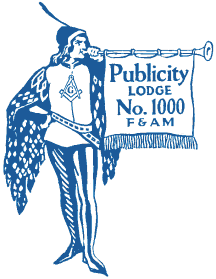

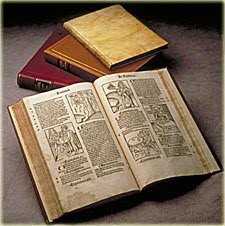


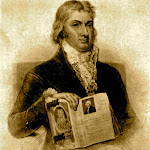




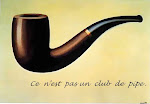
















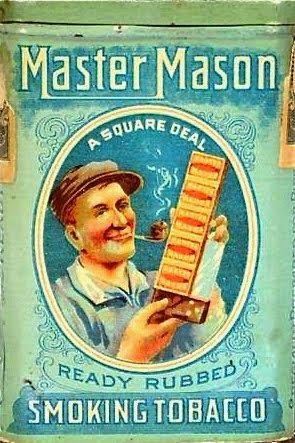


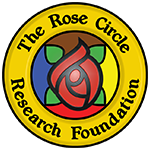

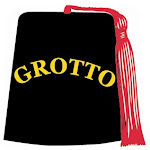








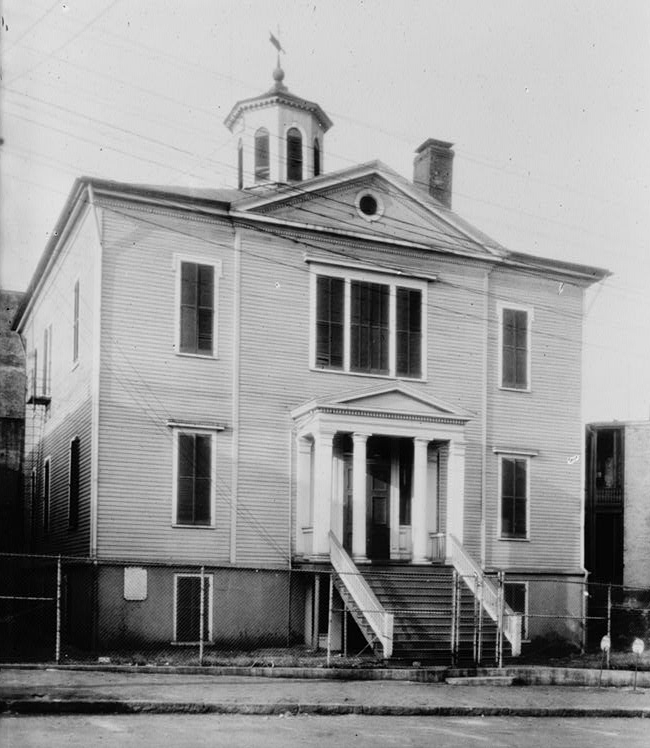
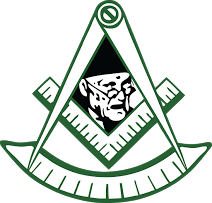
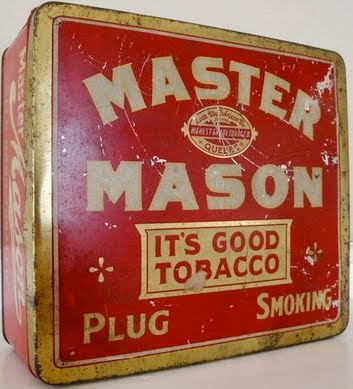





No comments:
Post a Comment